Tuesday
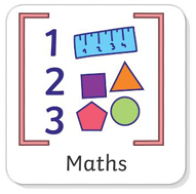
Maths
18.03.25
Money Review 8
Pages 22 - 26.
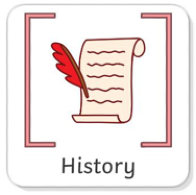
History
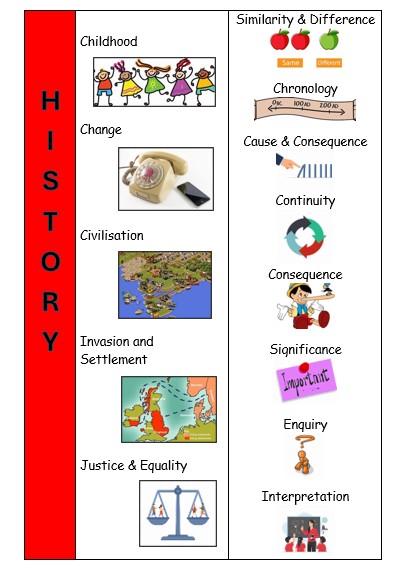
Tuesday 18th March 2025
LC: To identify the main achievements during the Iron Age.
What was one of the main achievements of the Iron Age?
Key Vocabulary
Hillfort - a fort built on a hill, in particular an area on a hilltop enclosed by defensive banks and ditches, as used by Iron Age people.
Druids - a priest or magician in the ancient Celtic religion.
Trade - the action of buying and selling goods and services.
/i/video/Year_3/Iron_Age_Video_Part_2.mp4
Talk Partners
What do druids poor liquids between to help them predict the future?
What did they build there houses on? Why?
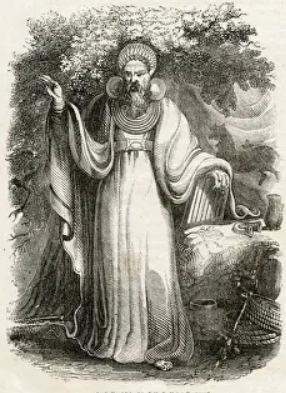
The druids were very important in Iron Age society but we know very little about them. They were the Celts' priests, responsible for all sorts of religious ceremonies. They were educated and powerful members of the tribe and were well respected by the other Celts.
Hillforts
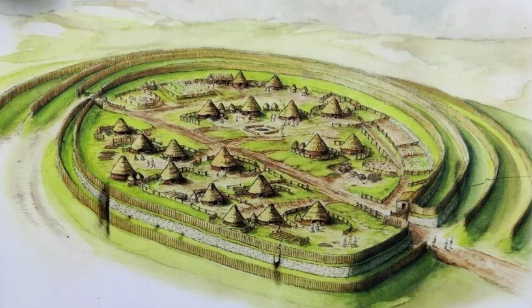
-
Protection: Hillforts were built on top of hills or high ground, which made them easier to defend from attackers. People used the strong walls and gates of the hillforts to keep themselves safe.
-
Living: People lived in small huts inside the hillforts. These huts were made of wood and thatch. Families would live together in these homes, and they would share the space with animals like cows, pigs, and sheep.
-
Farming: Outside the hillfort, people would farm the land. They grew crops like wheat, barley, and oats, and raised animals for food, like cows, sheep, and pigs. Sometimes, there would be gardens inside the hillfort as well.
-
Trading: Hillforts were often places where people met to trade goods like pottery, metal tools, and food. Some hillforts were near important trade routes, so people could exchange goods with others from different places.
-
Socializing and Rituals: Hillforts were also places for social activities and sometimes ceremonies or rituals. People might gather for special festivals or to honor their gods.
-
Crafting: People in hillforts made tools, pottery, and weapons. They worked with metals like iron and bronze to create items like knives, swords, and farming tools.
Trade
Trade in the Iron Age was an important part of daily life and helped people exchange goods, ideas, and resources. Here's how trade worked during the Iron Age:
People traded with others in nearby settlements or communities. In local trade, they would exchange goods they produced, like:
- Food: Grains, meat, cheese, and other food items.
- Animal Products: Wool, leather, and milk.
- Crafted Items: Pottery, tools, weapons, and clothing.
Activity
What were the two main achievements in the Iron Age?
In the Iron Age they...
They also...
Remember to add as much detail as possible. Think about what we have learnt in this lesson!
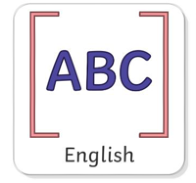
English
Tuesday 18th March 2025
Grammar
LC: Use the comma to separate clauses in sentences where the subordinate clause comes first.
Can you remember what a main clause and a subordinate clause is?
Because it was too cold to go outside, he played on the computer.
Whilst Giles climbed a Cliff, Janine played snake on her mobile phone.
In your talking partners, use Kung-Fu panda techniques to orally compose sentences.
Now write some sentences in your books. You can chose sentences associated with the Iron Man if you wish!
LC: Draw inferences around characters’ thoughts, feelings and actions, and justify with evidence form the text.
Let's review the diary extract read so far. Yesterday, you predicted what the Iron Man might write next. Did you use the verbs, tumbled and crashed?
The wind sang through my iron fingers. My great iron head, shaped like a dustbin but as big as a bedroom, slowly turned to the right, slowly I turned to the left. My iron ears turned, this way, that way. I could hear the sea. My eyes, like headlamps, glowed white, then red, then infrared, as I searched the sea. Never before had I seen the sea. I swayed in the strong wind that pressed against my back. I swayed forward, on the brink of the high cliff. My right foot, my enormous iron right foot, lifted - up, out into space, and then I stepped forward. I stood for a moment, peering down at a young person fishing, suddenly my feet started to slip.
What do we think the Iron Man will write in the next paragraph of his diary extract as he lies in pieces on the beach? Discuss with your Talking Partner.
Let's revisit the story to check our responses. We will write some responses and put the sentences on our learning wall.
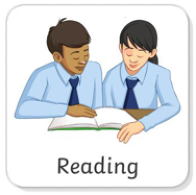
Reading
RIC
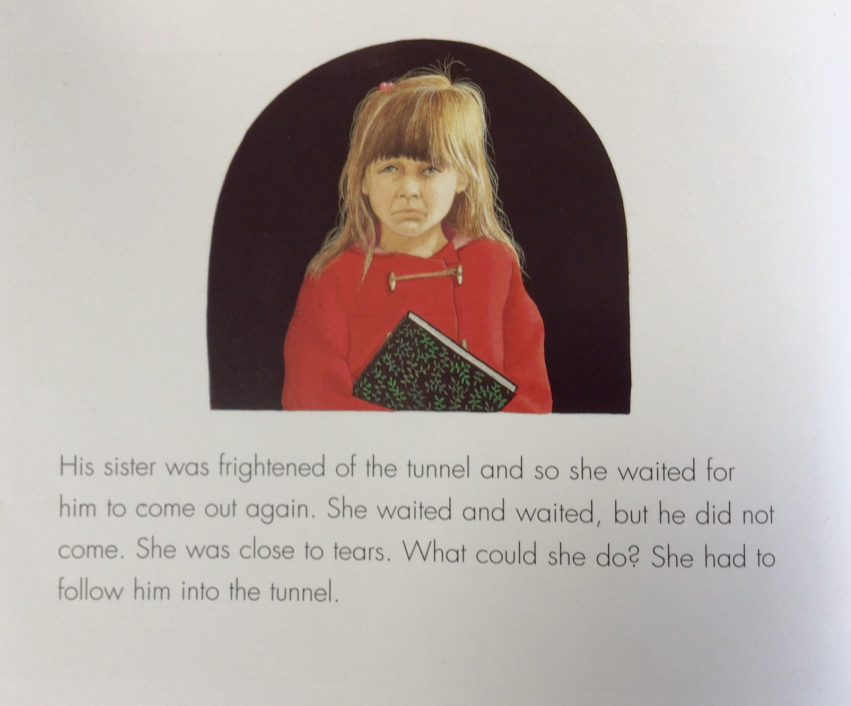
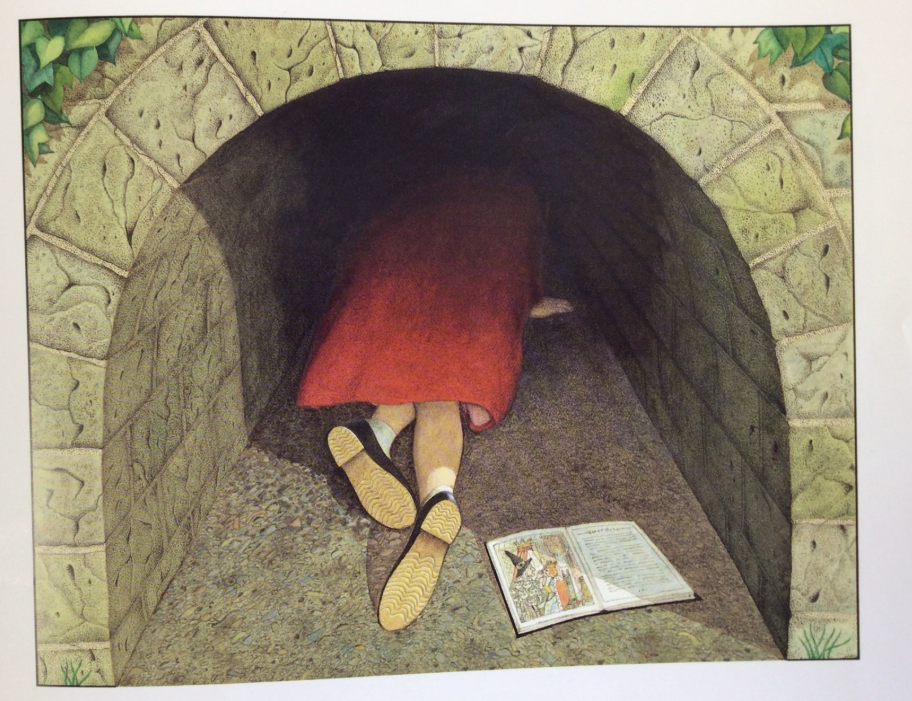
R - How is the girl feeling?
I - Where do you think the girl will go?
C - Why is the girl in the tunnel?
Tuesday 18th March 2025
LC: To listen to and discuss a wider range of non-fiction.
In our reading lessons previously, we have had a look at different genres for fiction books. Can you remember any genres that we looked at? Here's one: Adventure!
Can you and your talk partner think of any more genres for a fiction book?
Now let's think about Non-fiction.
Discuss with your talk partners the features of a non-fiction book.
Let's watch the video and see if your thoughts were correct.
Just like fiction books have different genres, non-fiction books also have different genres:

We are now going to take a look at a page from a non-fiction book.
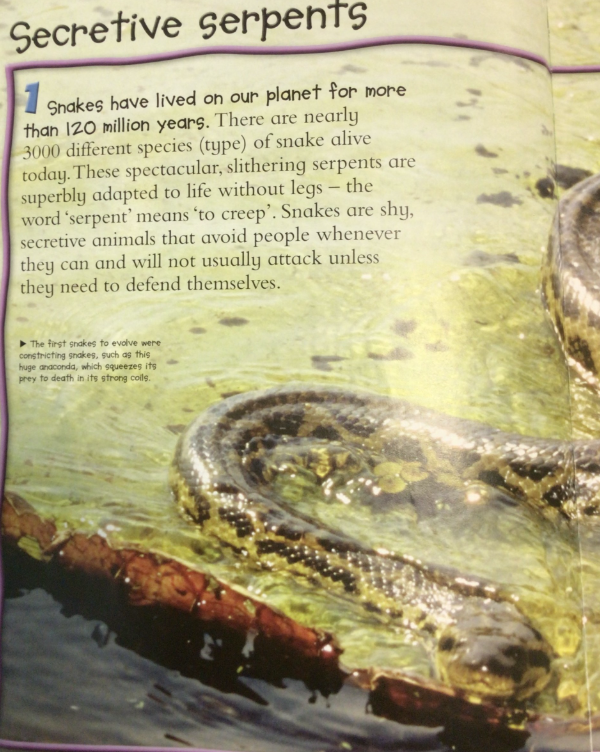
Which genre would this come under?
What is the purpose of this text?
In your reading journals, answer the following questions:
- What does the word serpent mean? The word serpent means...
- How many different species of snakes are alive today?
- How many legs do snakes have?

